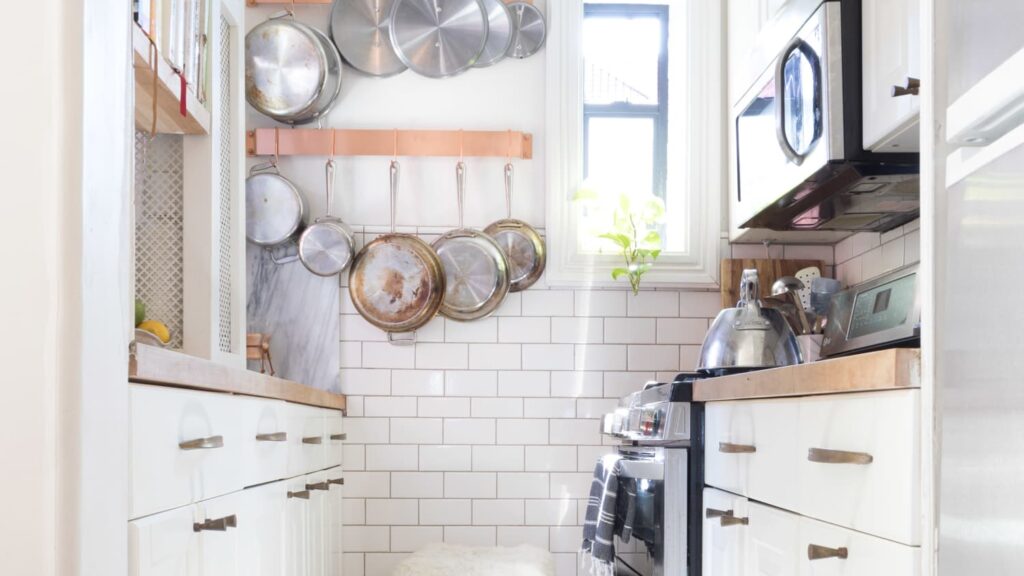Japanese cuisine is a beautiful fusion of flavors, textures, and visual appeal, and the right dinnerware can elevate the entire dining experience.
Known for its minimalism, elegance, and deep connection to nature, Japanese-style dinnerware is more than just functional—it’s a celebration of art and tradition.
Whether you’re serving sushi, tempura, or a simple bowl of miso soup, the right dinnerware brings out the beauty of the food and enhances the overall experience.
In this article, we’ll explore the essential elements of Japanese-style dinnerware, its unique features, and why it’s perfect for both everyday meals and special occasions.
1. What is Japanese-Style Dinnerware?
Japanese-style dinnerware is characterized by its simplicity, natural beauty, and emphasis on craftsmanship.
The pieces often feature organic shapes, subtle textures, and muted colors, reflecting Japan’s respect for nature and understated elegance.
Unlike many Western-style dinnerware sets, which are often more elaborate and formal, Japanese dinnerware tends to be minimalistic and practical, focusing on functionality without sacrificing beauty.
Key elements of Japanese dinnerware include:
- Natural materials: Many Japanese dinnerware pieces are made from clay, porcelain, or stoneware, often with a rustic or hand-crafted finish.
- Simple, elegant designs: The designs are typically simple, clean, and often inspired by nature. You may find motifs like cherry blossoms, waves, or bamboo, but the overall aesthetic is usually understated.
- Small, individual pieces: Japanese dining culture often emphasizes serving food in smaller portions, with many different dishes served together. This makes small plates, bowls, and cups a central part of Japanese-style dinnerware.
2. Types of Japanese Dinnerware
Japanese-style dinnerware is not just about aesthetics—it’s designed to suit the way Japanese meals are traditionally served.
Here are the essential types of dinnerware commonly found in Japanese dining:
Chopstick Rests (Hashioki)
These small, functional pieces are used to rest chopsticks during meals. Made from various materials like ceramic, wood, or stone, chopstick rests often feature simple, elegant designs.
They are usually placed on the edge of the table to keep chopsticks off the surface, ensuring hygiene and adding a decorative touch.
Why it’s great:
- Keeps chopsticks off the table, promoting cleanliness
- Small but adds charm and tradition to the table setting
Rice Bowls (Chawan)
Rice is the staple food of Japan, and the rice bowl is a crucial part of the dinnerware.
Chawan bowls are usually round, with a smooth, deep interior that can hold a generous serving of rice.
These bowls are typically made from ceramic or porcelain and may have a subtle glaze, earthy textures, or traditional designs.
Why it’s great:
- Essential for serving rice, a key component of Japanese meals
- Available in various sizes, designs, and finishes
- Can be used for soups and other small side dishes as well
Sake Cups (Ochoko and Sakazuki)
Sake is a traditional Japanese alcoholic drink, and the sake cup is an important piece of dinnerware in Japanese culture.
Ochoko are small, cylindrical cups typically used for drinking sake, while sakazuki is a wider, flat cup often used for ceremonial purposes.
Why it’s great:
- Ideal for serving sake in the traditional way
- Adds a unique cultural element to your dinnerware collection
- Available in various traditional styles
Soup Bowls (Miso Chawan)
In Japan, miso soup is often served with rice as part of a meal. Miso chawan bowls are similar to rice bowls but are typically deeper and slightly larger to accommodate the soup.
They usually have lids to keep the soup warm, and many feature simple, elegant patterns or glazes.
Why it’s great:
- Perfect for soups, stews, or broths
- Often designed with functional lids
- Complementary to traditional Japanese meals
Plates (Zara)
While smaller plates and bowls are more common in Japan, larger serving plates, known as zara, are also used.
Zara plates are usually flat, round, and have a slightly raised edge. They are often used for serving tempura, sushi, or other dishes that require more surface area.
These plates can be made from porcelain, stoneware, or even lacquered wood, depending on the formality of the meal.
Why it’s great:
- Used for main courses or shared dishes
- Offers a minimalist yet elegant design
- Comes in various materials and sizes
Teacups (Yunomi)
Tea is a central part of Japanese culture, and the yunomi tea cup is an essential piece of dinnerware for everyday use.
These cylindrical cups, usually unadorned or lightly glazed, are perfect for sipping green tea or other traditional Japanese teas.
Yunomi cups are designed to be sturdy, often with a rustic appearance, and can be made from porcelain, ceramic, or earthenware.
Why it’s great:
- Ideal for enjoying traditional Japanese tea
- Simple and elegant design enhances the tea-drinking experience
- Lightweight and comfortable to hold
3. Materials Used in Japanese Dinnerware
Japanese-style dinnerware can be made from a variety of materials, each contributing to the overall aesthetic and functionality of the set.
Some of the most common materials used in Japanese dinnerware include:
Porcelain (Arita-yaki)
Porcelain is a popular material for high-quality Japanese dinnerware. Known for its smooth finish, translucency, and durability, porcelain is often used for more refined dinnerware sets.
Arita-yaki is a famous type of porcelain from the Arita region in Japan, known for its beautiful blue-and-white designs and fine craftsmanship.
Why it’s great:
- Smooth, fine texture and aesthetic appeal
- Available in classic blue-and-white patterns
- Durable and chip-resistant
Stoneware (Tokoname-yaki)
Stoneware, particularly Tokoname-yaki from the Tokoname region, is prized for its earthy, rustic charm.
This material is often used for everyday dinnerware, offering a more casual aesthetic than porcelain.
Stoneware dinnerware can be left unglazed for a natural look, or glazed for a smooth finish.
Why it’s great:
- Heavier and more durable than porcelain
- Can be used for casual meals and has a rustic appeal
- Often features unique, hand-crafted glazes
Earthenware (Bizen-yaki)
Earthenware is another traditional material used in Japanese dinnerware, particularly for serving rice and tea.
Bizen-yaki, originating from the Bizen region, is known for its rich, reddish-brown color and natural, unglazed finish. This material creates a distinctive rustic look with deep texture.
Why it’s great:
- Unique, earthy aesthetic with a natural, unglazed finish
- Good for everyday use and casual meals
- Strong and durable, though not as resistant to chips as porcelain
Lacquerware (Urushi)
Lacquerware, or urushi, is an ancient Japanese technique where objects are coated with a layer of natural lacquer.
This gives the dinnerware a shiny, smooth finish. Urushi is often used for high-end or ceremonial dinnerware, including trays, bowls, and serving dishes.
Why it’s great:
- Elegant, high-gloss finish
- Lightweight and durable
- Excellent for special occasions and formal settings
4. Why Choose Japanese-Style Dinnerware?
Japanese-style dinnerware offers more than just functionality—it embodies tradition, artistry, and a deep respect for nature. Here are some reasons to consider adding Japanese dinnerware to your collection:
- Aesthetic appeal: Japanese dinnerware is designed to highlight the natural beauty of food, with its minimalist designs and earthy tones.
- Durability: Made from high-quality materials, Japanese dinnerware is often long-lasting and suitable for both casual and formal dining.
- Cultural significance: Using Japanese-style dinnerware can deepen your appreciation of Japanese cuisine and culture, enhancing your dining experience.
Conclusion
Whether you’re enjoying a simple bowl of rice or a carefully crafted sushi meal, Japanese-style dinnerware adds an element of grace and beauty to the dining table.
From the rustic charm of stoneware to the elegance of porcelain, there’s a wide range of options to suit any occasion.
By embracing the understated elegance and craftsmanship of Japanese dinnerware, you can transform everyday meals into moments of art and tradition.











